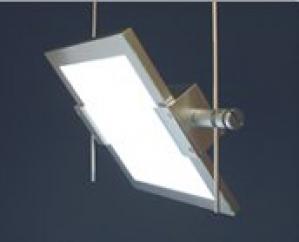 The worldwide AMOLED market will grow to 185.2 million units by 2014,
The worldwide AMOLED market will grow to 185.2 million units by 2014,
rising at a Compound Annual Growth Rate (CAGR) of 84.2%, up from 2.6
million units in 2007, according to iSuppli. Revenue is expected to
grow in concert, expanding to US$4.6 billion by 2014, up at a CAGR of
83.3% from US$67 million in 2007.
In order to accelerate the process of migrating AMOLED
technology from niche to mass market, multiple suppliers must add to
their manufacturing resources and ramp up production quickly, Jakhanwal
advised. "While mobile handsets are the obvious main target for the
technology, these phones require multiple sources of suppliers with
sufficient volumes to meet demand. It's unlikely that a single company
will be able to fulfill this demand in the short term because no
supplier presently has sufficient capacity."
Furthermore,
instead of focusing on the entire mobile handset market, suppliers
initially should target only high-end wireless phones because this will
allow them to justify producing products with superior images that
command higher Average Selling Prices (ASPs) than other displays.
High-end QVGA resolution handsets could generate high-volume demand for
AM-LCDs. However, the ASPs of AMOLEDs must decline in order to compete
with TFT-LCDs.
Finally, aggressively improving manufacturing yields and efficiency is
a must for AMOLED suppliers in order to reduce the costs of their
products. These issues have plagued the AMOLED business since its
inception. iSuppli believes AMOLED equipment, Intellectual Property
(IP), material and panel companies should collaborate to overcome these
manufacturing challenges. This will help build on each company's
strengths and avoid duplication of effort.
Read more here (digitimes)

 Digitimes reports that CMEL has landed 7.6" AMOLD panel orders from Kodak. The panels will be used in digital photo frames.
Digitimes reports that CMEL has landed 7.6" AMOLD panel orders from Kodak. The panels will be used in digital photo frames.








